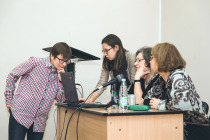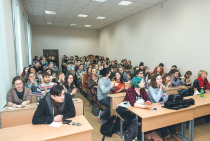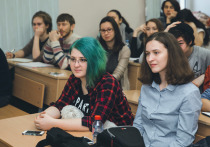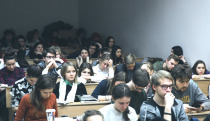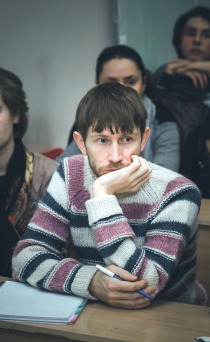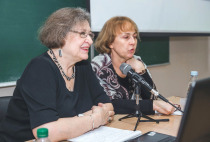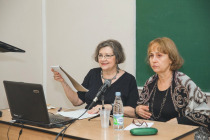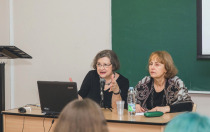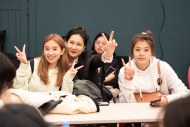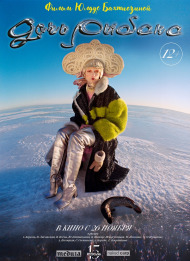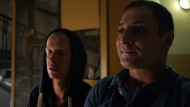
Raye Farr: "You need to be honest and not to stop back from what you have found"
17 December 2015
The famous American director of documentary Raye Farr met with students. She is an author of films: "Lethal Medicine: Creating the master race," "The American response to the Nazi bonfires of books", "The Nuremberg trials: what is justice?", "Hollywood - years of silence", "The World at War ", and many others.
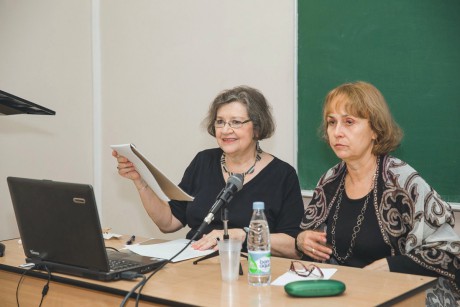
Filmmaker`s life engaged in the problems of the history of the twentieth century, paying special attention to the Second World War. "My children say that our mother lives in the war", - joked Raye Farr. Before retiring, she worked as a Head of Steven Spielberg video archive. Currently, Raye Farr is a consultant in the United States Holocaust Museum and a number of other historical projects.
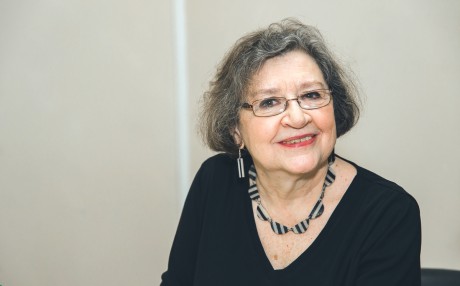
- I'm very old-fashioned documentary filmmaker - admitted Ray Farr. - I started to work with 35-millimeter film, then with 16-millimeter. I was shocked when I had to start working in video. I am currently working in a digital format. There is a long way behind me. I'm old-fashioned in another sense. I love very clear narrative story in a documentary. I like long shots, when you can look and discover something for yourself. And especially I like the Chronicle, which is stored in the archives, you can look by the eyes of the people who lived when these films were shot.
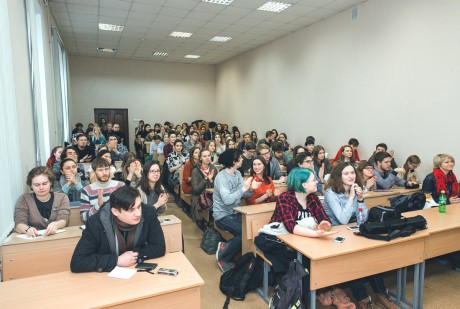
More than forty years ago, Raye Farr worked on the 26-hour film "The World at War", in which Laurence Olivier read the voice-over. The picture won "Emmy" award, George F. Polk Award, the Peabody Award and it has been translated into many languages and is on television.

A few fragments of this film were shown at the workshop, one of which is Ray Farr especially proud of. I wasn`t easy to find it. Raye Farr worked in Germany video archives for a long time, looked all their material, but that was not enough to create a movie. One member of the archive has admitted that there is a room with boxes of films, and no one knows what do they have.
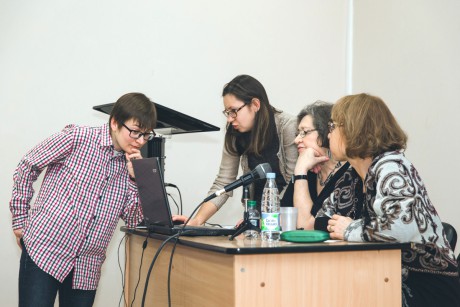
It turned out that there were the videos that were taken by German Filming groups during the war. After the war, they were taken to the United States, kept in the Library of Congress, and only in the seventies they were returned to Germany. They haven`t edited and censored at all.
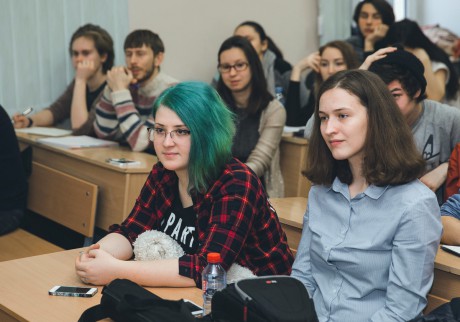
We see how the fascist invaders blow up the houses in the Russian villages and terrorized the local population: families are separated, men are carried off. Students asked Ray Farr after watching, if she knows the name of the village, so the filmmaker said she was trying to figure it out for a long time, and maybe it`s village Dubny.
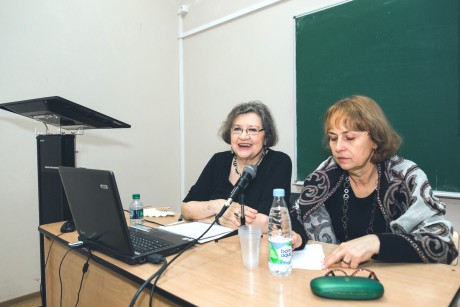
- These sequences are very important, because they can relate to so many and different places. I saw them many times, but each time my heart is broken. I think that this quality has helped me to be a good researcher of archival materials - said Raye Farr.


 Search
Search

